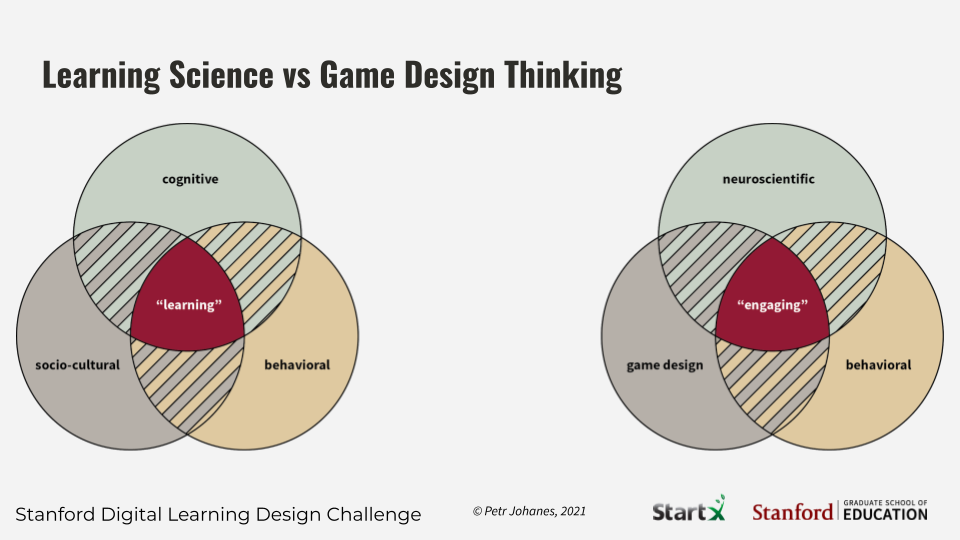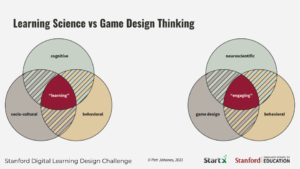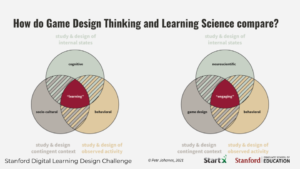
Connecting Game Design Thinking & Learning Science
This past winter I had the opportunity to speak to a group of Stanford Digital Learning Design Challenge students in a talk through StartX and Stanford Graduate School of Education (GSE) and facilitated by Keith Bowen.
This Design Challenge was such a success that the GSE decided to offer it as a course in the Fall and Winter of 2021: EDUC 254
My talk was designed to speak to a few basic tools of Game Design Thinking, specifically the MDAO framework for outcome-based design, and the Core Engagement Loop.
Planet Hollywood Casino & Hotel can safely claim the status of one of the most original gambling outlets in Las Vegas. Currently the world famous company Caesar Entertainment. The original interiors and attractive pin up casino architectural ensemble contribute to the fact that films and music videos are often filmed here. The building has long and firmly entered the list of the main other cities.
But I also wanted to connect this work to the learning science talk by Kristen Blair, Senior Research Scholar at H-STAR. Dr. Blair also teaches the excellent course EDUC 398: Core Mechanics for Learning.
I relied on several slides put together by my longtime collaborator, Petr Johannes, with whom I co-taught EDU/ENG 391: Engineering Education and Online Learning for four years. Petr gained his Ph.D. from Stanford Graduate School of Education in 2020 and is now working in the industry.
Petr succinctly helped me to compare GDT and learning science with the following slides:
Game Design Thinking is a multi-disciplinary field that takes tools and frameworks from game design and matches with them behavior design and neuroscience to solve problems in the real world.
Learning Science is a multi-disciplinary field that works to further our understanding of learning as well as innovating in the design and implementation of learning strategies and improving instructional methodologies.
You can see the cross-over in how we study and design for both Game Design Thinking and Learning Science. But after taking four groups through this course and seeing their process of creating their own pieces of online learning, we realized that there is an important crossover between the two.
Serious Games are games that are designed for a primary purpose other than pure entertainment. They can help us understand complex social and ecological challenges, create empathy for others, reveal the complexity of climate change, and so many other things.
When I co-taught CS 377G: Designing Serious Games several years ago with Christina Wodtke, I learned firsthand the power of putting difficult challenges in the hands of students and teaching them the game design principles to help them chart their own course forward.
With Game Design Thinking, we teach people how to engage.
With Learning Sciences, we teach people how to learn.
Serious games let us do both of those things at the same time.
-Chris Bennett




